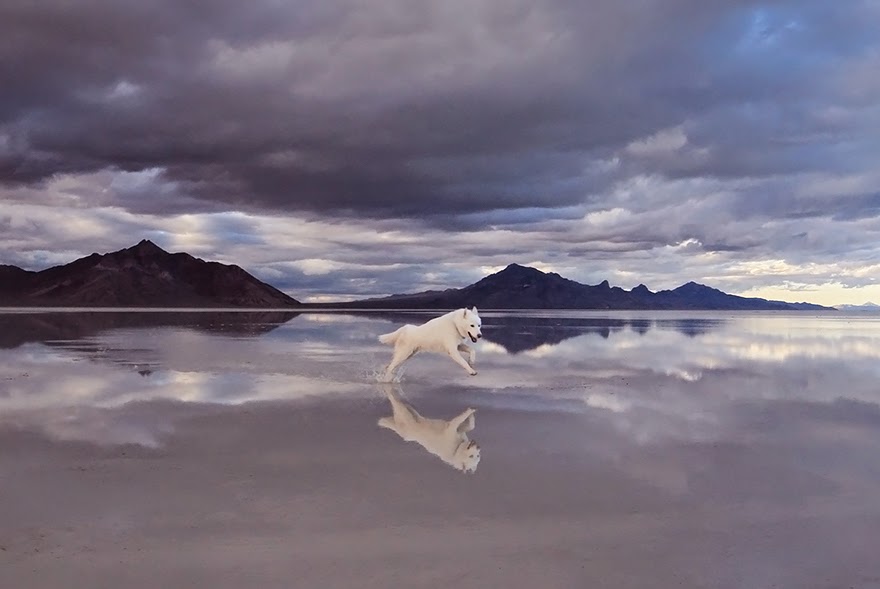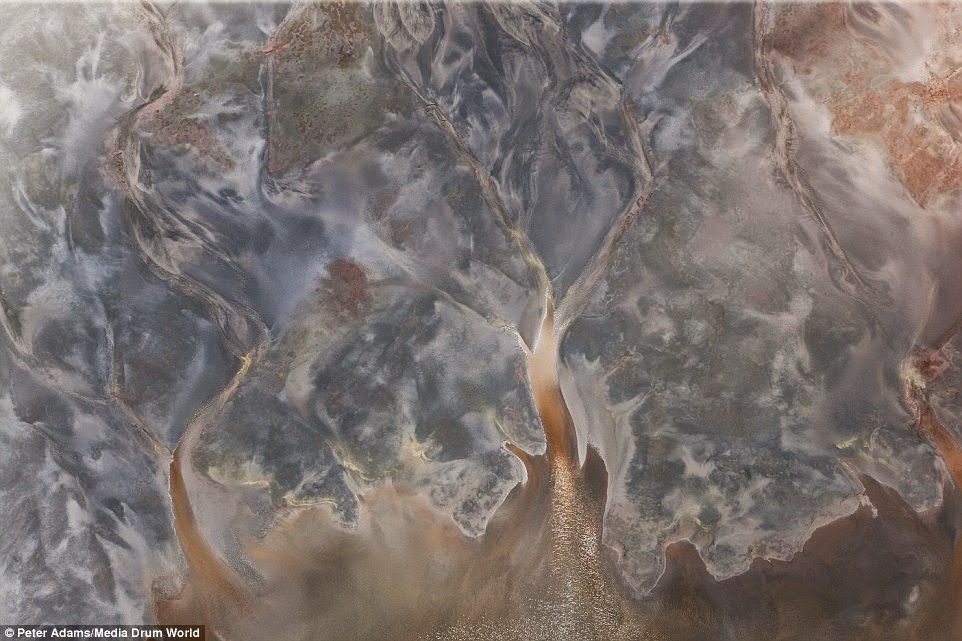Well, few things in the animal kingdom are very stronger
than the bond between people and dogs, and it is the modest but powerful force
behind this relationship that gives illustrator John Stortz’s photos their
charm. When he travels throughout the United States with his attractive and
fittingly named dog Wolf, he takes photographs of some of the stunning
locations they’ve visited. Without any doubt these’re great adventures, excellent
shooting, and most magnificent travelling companion a man can have.
The faithful dog, whose full name is “Wolfgang”
teamed up with Stortz when he adopted Wolf from a shelter about two years ago,
their Instagram is really a desire to browse, as the photographs of the lovely
wolf-like Wolfgang are punctuated by Stortz’s striking illustrations. However
Stortz draws a diversity of subjects, his affection for nature and the Inspiration
of Wolf on his work is clear. Be sure to take a lovely look! The added
dimension of the relationship between photographer and dog makes the difference
between sighted and reading the photographs.









































